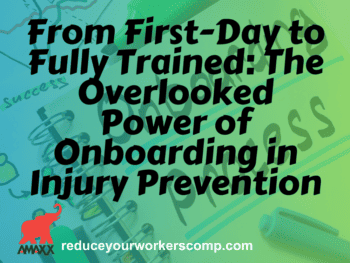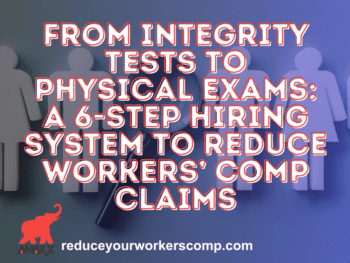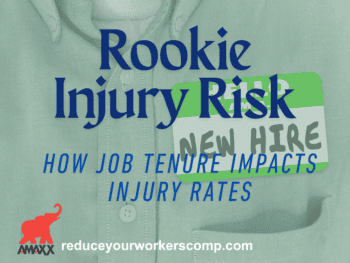
What is the ADA?
The ADA is codified under 42 U.S.C. §12101, and is an important civil rights law that prohibits discrimination based on disability. It was enacted in 1990 and laid the groundwork for greater inclusion of persons with disabilities in American society, which includes those suffering from a work-related injury.
There are many legal nuances to this law, so it is important to consult an attorney if you have questions. Areas of concern as outlined by the U.S. Equal Employment Opportunity Commission (EEOC) include:
- Whether a person with an occupational injury has a disability as defined by the ADA;
- Disability-related questions and medical examinations relating to occupational injury and workers’ compensation claims;
- Hiring practices concerning a person with a history of occupational injury, return to work of persons with occupational injury, and application of the direct threat standard;
- Reasonable accommodation for persons with disability-related occupational injuries;
- Exclusive remedy provisions in workers’ compensation laws.
Click Link to Access Free PDF Download
“4-Step Sequence For Effective Employee Screening, Hiring, & Placement”
3 Times to Consider the ADA in Workers’ Compensation
Employers and other interested stakeholders need to understand the value anyone with a disability has and how it can impact the work environment in a positive manner. Contrary to popular belief, people who may be disabled want to work as it provides a number of intangibles that benefit morale and self-worth.
Keeping this in mind, employers need to consider the following touchpoints in their hiring and workers’ compensation programs:
Re-employment:
All hiring polices need to comply with the ADA and its mandate of non-discrimination. Asking potential new hires about disabilities or work restrictions many result in legal action. It is also important to keep in mind that a disability is not limited to physical barriers. Various mental health conditions can qualified as a covered disability under the Act.
Issues concerning drug testing also come into play under the ADA. As a general rule, employers can ask all applicants to submit to a drug test as part of the pre-employment process.
Post-work injury:
Employees suffering from a work injury can also be covered under the ADA. A common misconception is the ADA only applies when an employee reaches MMI, this is incorrect. A person injured at work can immediately be considered a “qualified individual with a disability”. At the time of injury, a referral to HR and a discussion, referred to as the “interactive process” regarding reasonable accommodations, must occur.
Additional areas of concern include job search requirements, return-to-work/employment transitions and light duty. Employers should work with various professionals within their organization when crafting a return-to-work plan and requires modified job duties or positions. Additional considerations should also be given to time off from work to attend medical appointments, etc.
Post-injury Termination of Employment:
Problems also arise following a work injury when the employee’s position is eliminated or that individual is terminated. It is important to document all steps that are taken and involve legal counsel. Employers should also involve specialized counsel if they are requesting a global settlement of a workers’ compensation claim that involves a voluntary resignation of employment and release of all claims. Issues to consider include a separate employment release and monetary consideration beyond what is paid for workers’ compensation benefits.
Conclusions
Workers’ compensation claims are complex and require an understanding of the law. The ADA is an important consideration for those involved in handling claims and the myriad of associated issues.

Contact: mstack@reduceyourworkerscomp.com.
Workers’ Comp Roundup Blog: http://blog.reduceyourworkerscomp.com/
©2024 Amaxx LLC. All rights reserved under International Copyright Law.
Do not use this information without independent verification. All state laws vary. You should consult with your insurance broker, attorney, or qualified professional.

















